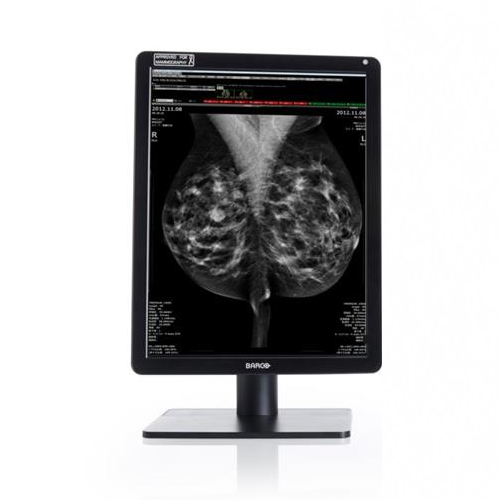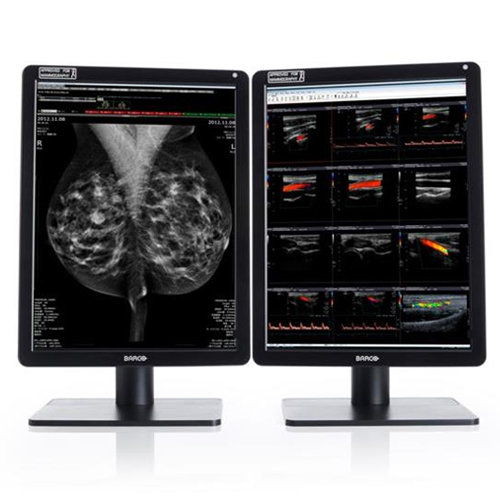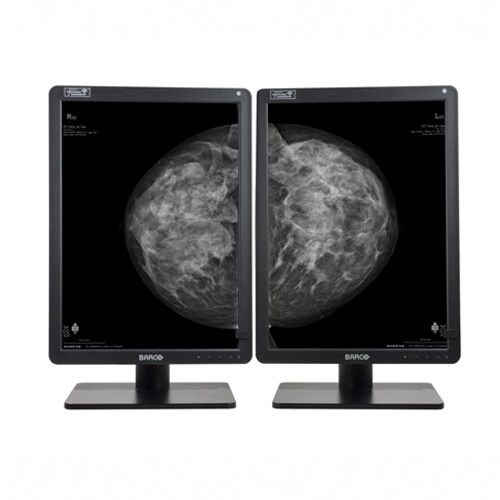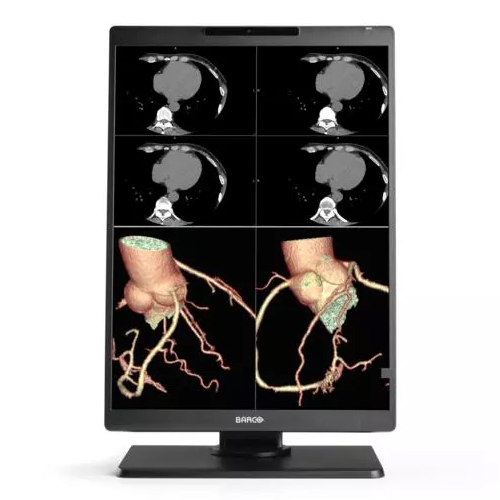- 21.3” 5MP monochrome LED display
- Native resolution: 2560x2048
- Brightness: 300000cd/m2 Typ.
- Contrast: 2000:1 Typ.
- FDA 510K approved
-
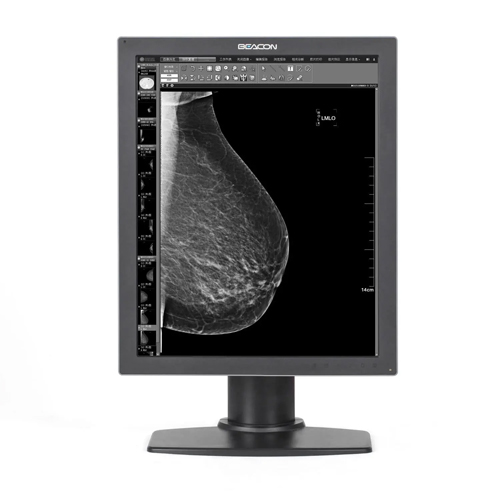
-
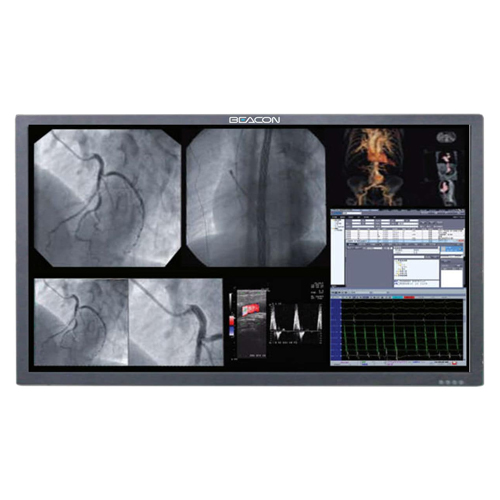
- 55 inch 8MP (4K) Surgical Display
- Native resolution: 3840x2160
- Brightness: 700 cd/m2 Typ.
- Contrast: 1450:1 Typ.
-
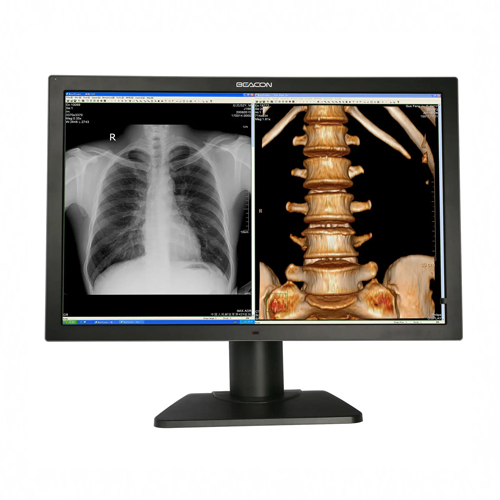
- 31.5 inch 8MP Diagnostic Display
- Native resolution: 3840×2160
- Brightness: 800 cd/m2 Typ.
- Contrast: 1700:1 Typ.
- DVI-D: 24 pin*2, DisplayPort: 20 pin*2, VGA: D-sub 15 pin
-
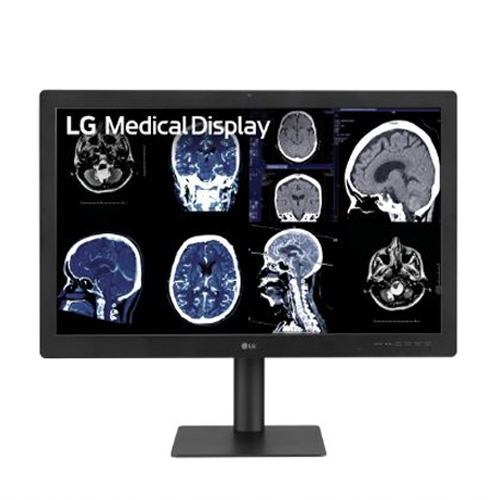
- 31-inch 8MP (3840x2160) IPS Black Display
- 1000cd/m², sRGB over 97% (Coverage)
- Multi-resolution Mode (8/6/4MP)
- Auto Calibration
- Pathology Mode, Focus View Mode
- Ergonomic Design
- 5 Year Warranty
-
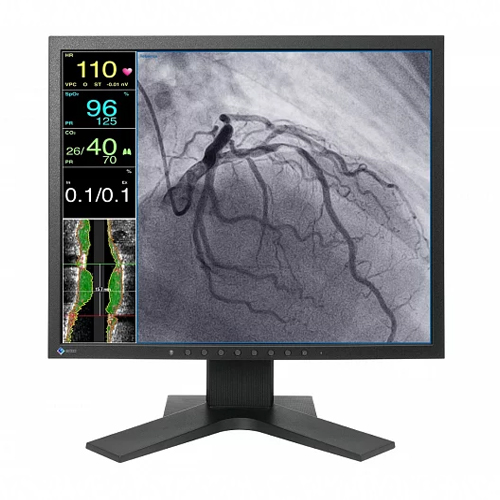
- Five precalibrated 10 bit look up tables selectable for diverse modalities and viewing environments.
- Freely adjustable user lookup table allowing users to set their own preferences.
- Color slider for color adjustment in the field without the loss of grayscale tones.
- Grayscale tones adjusted in the factory to meet DICOM Part 14 standard for optimum viewing of DICOM images.
- Force Mode for tailoring the monitor to even the most specialized timing requirements.
- Wide range of input support.
- 5858511, 5417438, 5746371, 5183450-2
-
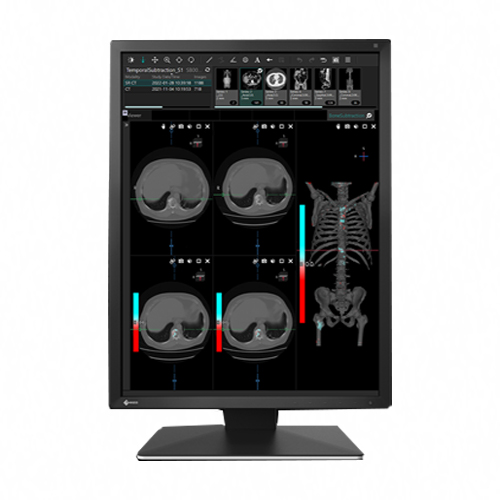
- MX-Series 21" 2MP Color TFT LCD LED
- Integrated Front Sensor(IFS),
- 1600x1200 Resolution
- Digital & analog inputs
- 500 cd/m2 Brightness
- 1800:1 contrast ratio
- RadiCS LE Bundled
- Height adjustable pivot stand
- UL60601-1, RoHS
- 5-year warranty
-
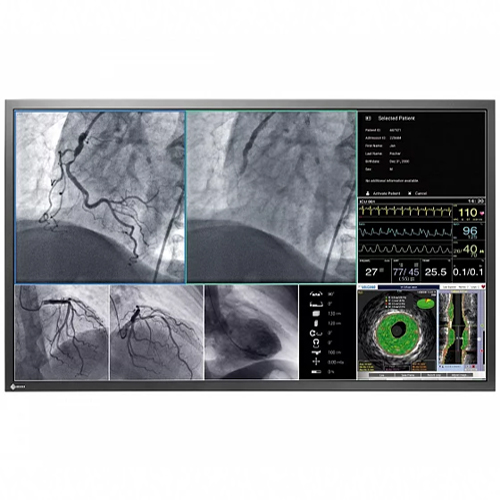
- 57.5inch 4K UHD Resolution
- Hybrid OR and Interventional Radiology
- Ideal for displaying medical images for angiography, cardiology and radiology
- Monitor calibration during production according to DICOM Part 14
- Integrated stability system for maintaining the calibration
- Designed for cost-effective video management solutions
-
 Eizo Radiforce MX317W is a 30.5-inch 8 megapixel resolution medical monitor with DICOM® Part 14 calibration for reviewing diagnostic imaging such as chest X-ray, CT, or endoscopy accurately.
Eizo Radiforce MX317W is a 30.5-inch 8 megapixel resolution medical monitor with DICOM® Part 14 calibration for reviewing diagnostic imaging such as chest X-ray, CT, or endoscopy accurately. -

- 8MP (3840 x 2160) for multi-modality diagnosis
- Auto Calibration (built-in front sensor)
- Uniformity Equalizer
- Integrated QA Solution
- Built-in Sensor
- Space Saving
- Wire Management / DisplayPort Daisy Chains
Types of Medical Diagnostic Display
Types of medical diagnostic displays include:
- Grayscale Monitors: Primarily used for displaying grayscale medical images like X-rays and mammograms.
- Color Monitors: Suitable for displaying color medical images such as MRI scans and ultrasound images.
- Multi-Modality Monitors: These displays can accurately render both grayscale and color images, making them versatile for various medical imaging modalities.
- High-Brightness Monitors: Specifically designed for viewing medical images in bright environments, such as operating rooms or interventional suites.
- 3D Monitors: Used for visualizing and manipulating three-dimensional medical images, commonly employed in surgical planning and interventional radiology procedures.
Why Diagnostic Radiology Monitors Matter?
Diagnostic radiology monitors matter because they are critical tools for accurate diagnosis and treatment planning in healthcare. High-quality displays with precise image reproduction are essential for detecting subtle abnormalities, assessing disease progression, and guiding therapeutic interventions. Reliable diagnostic monitors help minimize errors and improve patient outcomes by ensuring that medical images are viewed accurately and consistently.
Who Must Have Diagnostic Radiology Monitors?
Healthcare facilities and professionals who rely on medical imaging for diagnosis and treatment must have diagnostic radiology monitors. This includes hospitals, imaging centers, radiology practices, oncology clinics, and other medical facilities where medical imaging is performed. Radiologists, oncologists, surgeons, and other healthcare providers interpreting medical images also require access to diagnostic displays to perform their duties effectively.
Benefits of Diagnostic Radiology Monitors
The benefits of diagnostic radiology monitors include:
- High Image Quality: These monitors offer superior image quality with high resolution, contrast, and brightness, allowing for detailed visualization of anatomical structures and pathological findings.
- Consistency and Accuracy: Diagnostic displays are calibrated and optimized to ensure consistent and accurate image reproduction, reducing the risk of misinterpretation and diagnostic errors.
- Workflow Efficiency: By providing clear and precise images, diagnostic monitors help healthcare professionals streamline their workflow, leading to faster diagnosis and treatment decisions.
- Compliance with Standards: Diagnostic radiology monitors adhere to stringent regulatory standards and guidelines, such as DICOM (Digital Imaging and Communications in Medicine), ensuring compatibility and interoperability with medical imaging systems.
- Enhanced Collaboration: These displays facilitate collaboration among multidisciplinary healthcare teams by enabling the seamless sharing and review of medical images across different locations.
Key Features to Look for When Buying Medical Diagnostic Display
When buying a medical diagnostic display, key features to consider include:
- Image Quality Parameters: Look for monitors with high resolution, contrast ratio, luminance, and color accuracy to ensure optimal image quality.
- Calibration and QA Tools: Choose displays with built-in calibration and quality assurance tools to maintain image consistency and compliance with industry standards.
- Connectivity Options: Consider displays with various connectivity options, such as DICOM, HDMI, DisplayPort, and USB, to ensure compatibility with existing medical imaging systems.
- Ergonomic Design: Select monitors with adjustable stands, anti-glare screens, and ergonomic features to enhance user comfort and productivity during prolonged viewing sessions.
- Service and Support: Opt for displays from reputable manufacturers that offer comprehensive service contracts, technical support, and warranty coverage to minimize downtime and ensure long-term reliability.
Invest in Accuracy and Efficiency
Contact us today for a free consultation and discover how Hiliex can revolutionize how you diagnose patients.


